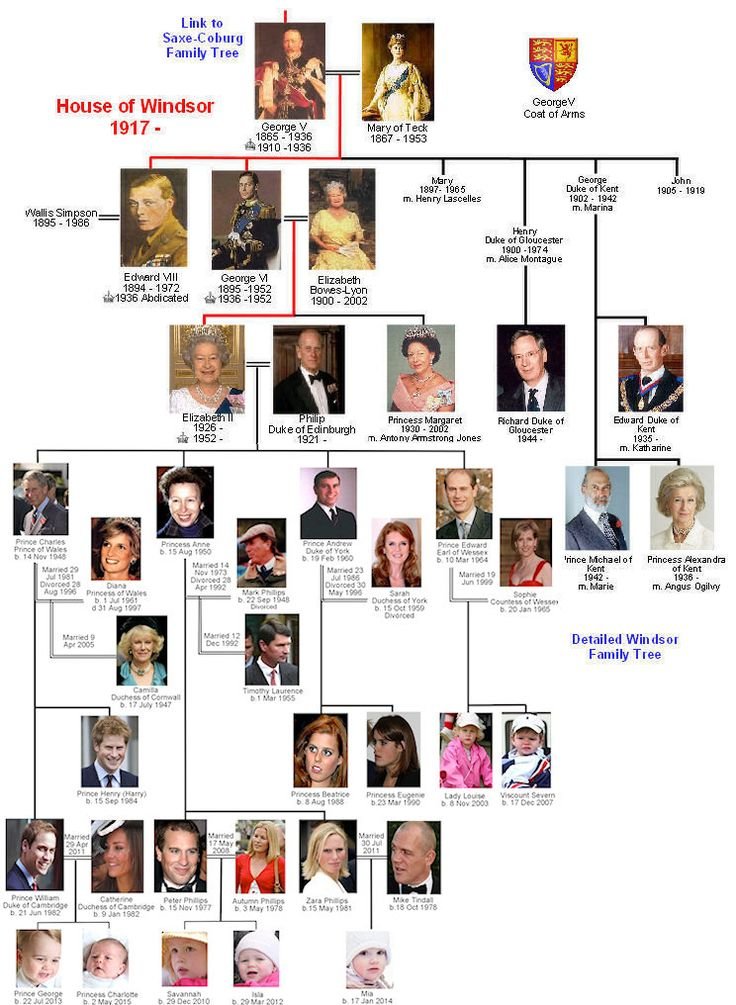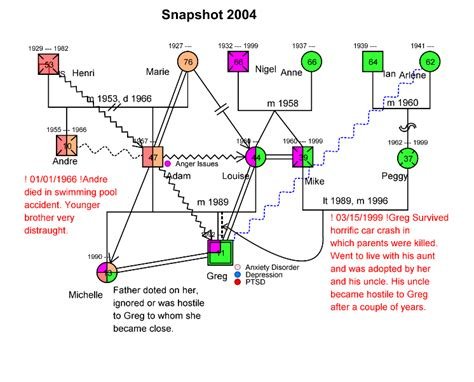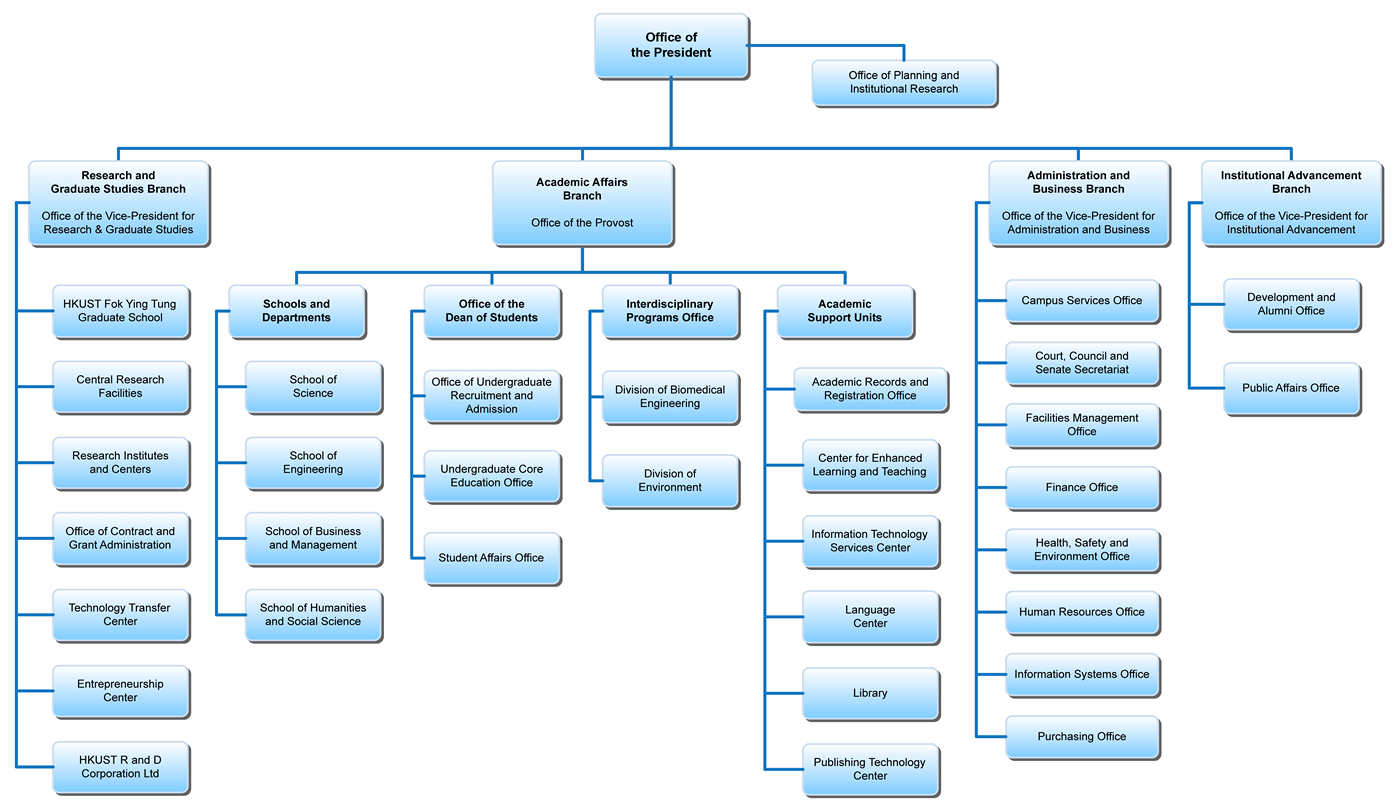Lately, people I have been working and corresponding with about change management have been asking about genograms. My understanding of genograms comes from when my father tried to diagram our family tree. To be sure, genograms are truly for tracking family history, lineage, and probably intrigue. But, I found the method to be a valuable arrow in the change leader’s quiver of tools.
What is a genogram?
We’ve all heard about, seen, and maybe undertaken a family tree. The result is a static relationship map showing who married whom, who begat whom, and so forth.

The family tree allows you to look backward to your ancestors and sideways (and backward) to your kin. History is great, but understanding kinship connections is more interesting, entertaining, and possibly valuable—in a nepotistic kind of way.
The genogram pushes the family tree further, introducing emotional and other connections between people. It may overlay who hates whom, who had an affair with who’s sister, whether and when there is interest, indifference, and other (dis)entanglements like, say, somebody lent somebody else a LOT of money explaining improbable undying affection…

A genogram could definitely be static historical documentation of what really happened within the family. Skillfully tended though, it can also be an ever-evolving tracker and guide to familial circumstances and the changes they undergo.
Genograms are useful for change management
It should be evident that the distinguishing idea behind the genogram—the implication and application of informal relationships—is wholly applicable to business and especially to change management. (No, not the “who married and had a child” parts…) If it’s helpful to track family dynamics and avoid Thanksgiving dinner faux pas, it is an invaluable addition to the organization’s family tree: the org chart?
The org chart is, like the family tree, a static representation of formal authority. That’s good to know who’s who and who works for whom. But anybody with any inside experience whatever KNOWS real (power) relations in an organization typically have only passing similarity to what’s on the org chart. Map what’s really going on in an organization—atop an org chart—and you will probably end up with something akin to a genogram.

At both a high level and at ground level, change management is about… change. Critically, effective change management essentially needs to establish how and by whom the change can be influenced or willed into being. To that end, change managers’ holy grail is—or ought to be—maximally levering sponsors and influential colleagues to do one’s bidding. More than half that battle is identifying who really has “the juice” to influence whom. Because change is dynamic, not static this is apt to shift subtly. Moreover, keeping track of the “whys,” which is what the genogram tends to represent, is hugely efficient.
Sponsor management
Sponsor management is key to overall change management for good reason. No matter what HR says about things ‘bubbling up from below’ and the democratic organization, eventually change requires downward-pressing force. That force is the organization’s will in the form of (executive) sponsor(s). Beyond securing resources and removing road-blocks, sponsors bring their (in)formal influence and power to bear on helping a defined change take root and hold. It is possible but unlikely for a change to be effective in an organization without strong sponsor participation.
But who’s strength? That’s not an idle question. It implies: (a) which sponsor(s) can be effective? and (b) who influences them—and/or those that are to change? Knowing that the published organization chart is not always in harmony with the organizational structure let alone the reality of power relationships and influence; and knowing that circumstances ebb, flow, and reverse, the value of creating and keeping a “genographic” map of who can do what to advance the project change should be obvious.
Genographs and sponsorship
Even if project sponsors are determined by budget control; even if sponsors and governance are rooted in the organizational chart; and even if the whole thing feels ‘performative’… having the knowledge that even a loosely constructed “org charge genograph” relationship map affords can raise your sponsor management game. A change manager can be infinitely more valuable to a sponsor in identifying and suggesting alliances (with other executives), in recruiting mid-level support (especially of people outside the sponsor’s line organization), and so forth if (s)he is prepared with hard political (there I said it) understanding of the sponsor’s world.
Typical sponsorship assessment plans and tools are good—particularly in forcing a grading of positive/negative sentiment toward the project. Influence heat maps, imported from the world of sales, add nuance and visual depth to this essential information. Add to this the discipline and visualized relationships of the genogram. It becomes powerful stuff.
Such an evolved toolset specifically responds to the most fundamental understanding of (change) management and leadership: It’s about relationships. Mapping those is essential. Extra marks for ensuring this reality map is dynamic and responds to new information.


